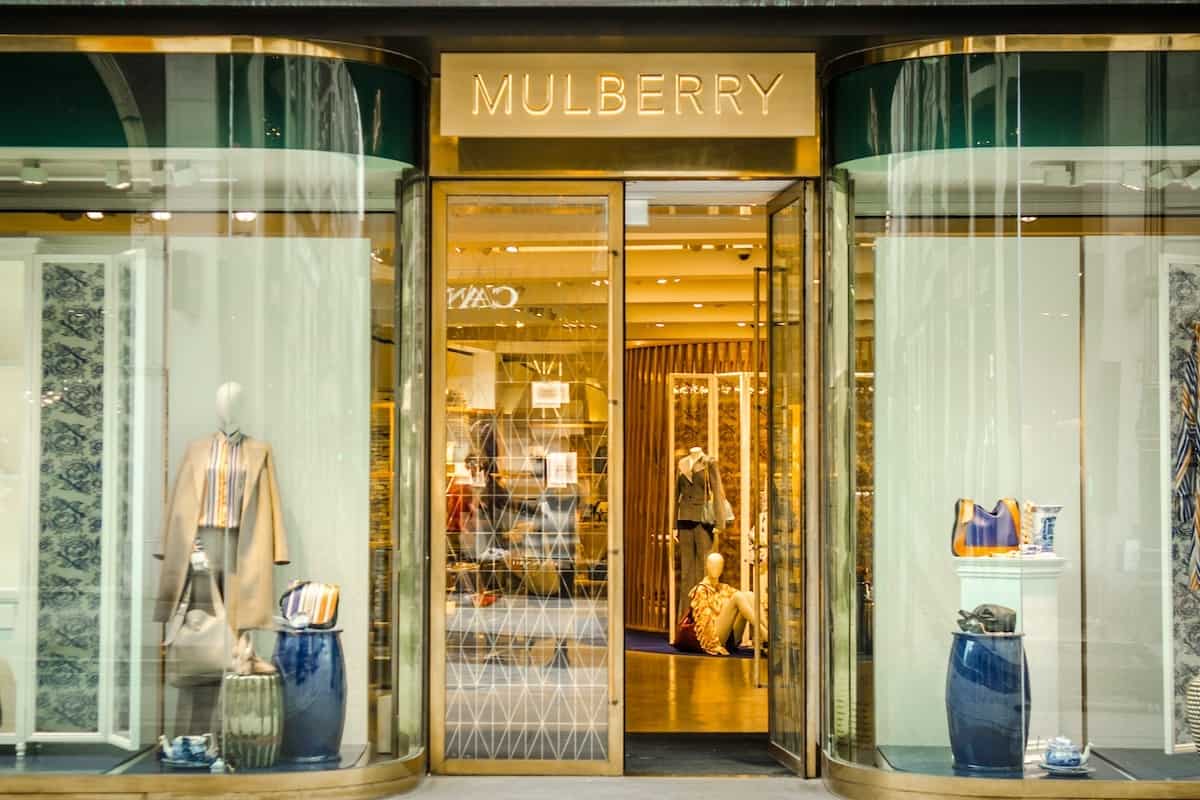Darren Noyce, Founder and MD of SKOPOS, looks ahead at how consumers will use tablets verses smartphones verses web for their Christmas shopping.
Disney Princess Lego. Once upon a time I didn’t know what this was. But now it has real relevance to me as the initiator of my first ever in-store competitor price check and purchase (by mobile).
A few years back in the run up to Christmas my darling daughter, no doubt peer-pressured, declared an interest in a Disney Princess Lego Castle. So, one Sunday off trundled the wife and I to the local Toys R Us and finally found the required pink boxes of Lego. “How much!?” I exclaimed and enquired simultaneously, whilst receiving those stares (you know the ones) from the wife (and child too in this modern case).
Then a revelation – I recalled the newly downloaded eBay app on my first-generation iPhone, and with a good signal I managed to check out the listings for Princess Lego Castles. OK, they weren’t free, but items were much cheaper and would be delivered to home. So I went ahead and ordered the castle plus some accessories (all for much less than the Toys R Us retail price of the castle alone), paid simply via mobile PayPal, and over the next few days they arrived, as good as new(ish).
In summary, I hate the phrase ‘paradigm shift’, but comparison shopping from one ‘store’ while inside a rival…I think it’s safe to say that was at least a personal ‘action swing’.
Now that was a few years ago, and clearly with society’s obvious mobile phone addiction – with ever improving smartphone powers, apps and on-the-go abilities – the modern way to buy is mobile.
1 IN 5 CHRISTMAS SALES
Indeed, since the mid 1990s shopping has clearly been moving online, and ever more it moves mobile. Indeed to highlight this with festive relevance, a recent IMRG study predicts that 1 in 5 digital sales this Christmas 2012 will be via mobile.
And data from my own firm further supports this view. SKOPOS provides crafted digital customer insight, and our multi-screen monitor (MTrack) has followed the impact of mobile and other ‘screens’ for a number of years now.
Looking back, data for 2010 and 2011 SKOPOS MTrack reported the following just before each Christmas period:
| Christmas Presents… | 2010 | 2011 |
| Will choose & compare via mobile | 7% | 9% |
| Will buy via mobile | 4% | 6% |
With the critical mass mobile has and is gaining through improved devices, platforms, apps and user experiences it is no surprise that IMRG claims a 20% digital share for mobile this Christmas. A doubling of mobile traffic to websites towards Christmas (up from 15% in 2011 to 30% in 2012 according to IBM and IMRG) sits very neatly with this prediction of a merry move to mobile.
M-commerce is growing, and from SKOPOS research we know the following about mobile shopping in general in 2012:
- 45% of UK active digital citizens** (like me) compare price information on their mobiles;
- 31% access shopping information on their mobiles (on a par with TV news at 32%);
- 29% order products & services by mobile;
- 5% order by tablet (rapidly rising with tablet uptake)
**defined as active users of internet and mobiles (or non-rejectors)
This new behaviour set has been backed up by TradeDoubler/Econsultancy/OnDevice studies amongst UK smartphone users reported in October 2012, showing for instance that 41% of them use their mobile in-store at least half the time they are out shopping, with 42% looking for better prices elsewhere when using a mobile in-store; and a massive 74% claiming they would be happy for a retailer to send a promo text or email while they use in-store wi-fi.
It is simply no longer multichannel. The new mantra must be omni-channel – all-round channel-agnostic experiences for positive and aligned customer/ brand outcomes.
Back to mobile specifically, the clear trend with all activities, including comparison and Christmas shopping, is upwards and fast driven by smartphones and apps (and new tablet devices).
Age is a key factor here for driving acceptance and the use of mobile devices for shopping. A higher proportion of 16 – 40 year olds (66%) shop via mobile than across the wider digital population (SKOPOS data). There is also a true gender balance amongst mobile shoppers with no more men than women shopping in this way.
However, stepping back a second, why use the mobile for shopping? What benefits does it have over other routes at Christmas or other times? Put very simply, the mobile channel works best when it is handy and/or fast, ideally both. The mobile works as a purchase path when it fits shopping into your daily life, when it’s convenient.
And, it works when it does this fast and efficiently.
At SKOPOS we like to think of an optimised mobile experience as a fast efficient portable shortcut. If you provide a service or purchase channel via mobile and it’s slow or difficult to use on-the-move then it is largely defeating the object (of mobile). This Christmas, who isn’t going to be busy going here to there to everywhere (increasing the need, but also the challenge and risk of disappointment) – and don’t we all hate being disappointed at Christmas?
On the matter of challenges, reports across 2011 and 2012 have however highlighted the missed opportunity with mobile. They have described the struggle many customers have when using the mobile channel and mobile devices as customers.
The mobile customer experience is markedly worse than online, mail order, retail and telephone.
According to an Econsultancy/Tealeaf study last year, less than 1 in 10 mobile shoppers described the experience as “good”, with 83% saying there was some kind of problem along the way. Other reports have highlighted the lack of mobile-optimised websites (not just an app) amongst the UK’s largest companies and retailers.
What is going wrong with the mobile experience then? What causes these poor ratings and evaluations, even though the benefits can be strong? Well, from SKOPOS research again, we have identified three of four main categories of challenge: Visibility/Awareness, Technical, Security and User Experience Issues.
One simple point, many brands still either lack mobile (optimised) facilities, or haven’t promoted these strongly enough. Now is the time to create and educate. Technical troubles are also strong and include the screen size and battery drains, along with network signal and connectivity. Then there is the matter of Security and perceptions thereof. Is this safe? Is my data private? Should I use my credit card? Anyone following the online shopping evolution will remember the early need to reassure and convince consumers on this matter, both physically and perceptually, and perhaps more efforts need to be made here with mobile too.
Of perhaps secondary importance, but still troublesome, is User Experience Issues, covering navigation, time it takes, plus the (necessary?) reduced information and personalisation.
We can sum all these key mobile channel issues up as often delivering unreliable inefficient shortcuts.
So then, what does a retailer have to do to ensure fast efficient portable shortcuts and optimised mobile experiences to make the merry most of mobile this Christmas? From our research and experience, for an optimised mobile Christmas Shopping experience (with aligned positive outcomes for customer/brand) we recommend:
1. Improved awareness (access/visibility/education) for mobile and your brand;
2. Improved security, reassuringly convincing customers to use mobile;
3. Improved usability & the overall experience within your control;
4. Don’t forget to think omni-channel (an all-round multi-touchpoint experience for positive outcomes).
Finally, looking forward to this coming Christmas, for me it is not now about Princess Lego, but instead Paul’s Boutique clothing for my daughter. I must make time to check out their app or mobile-optimised site… or maybe not.
Make the Merry Most of Mobile everyone.




